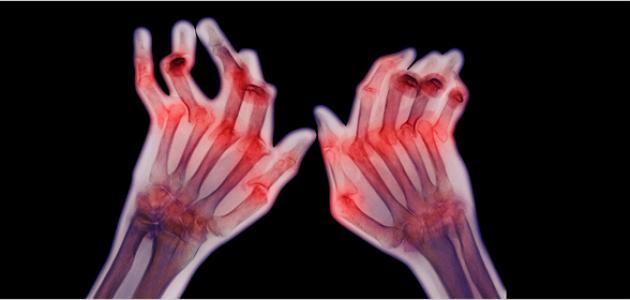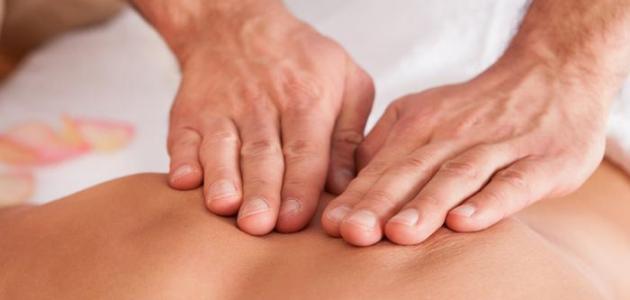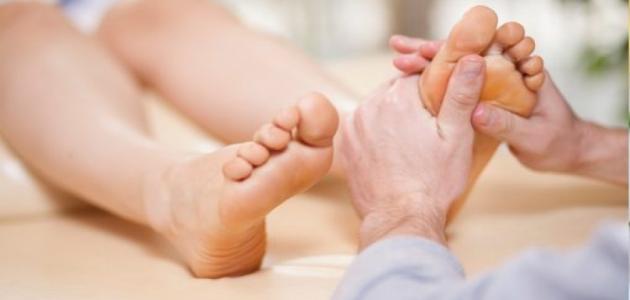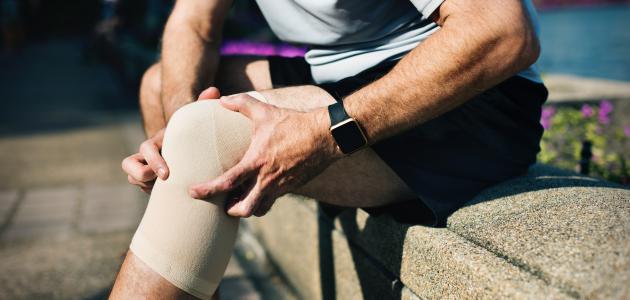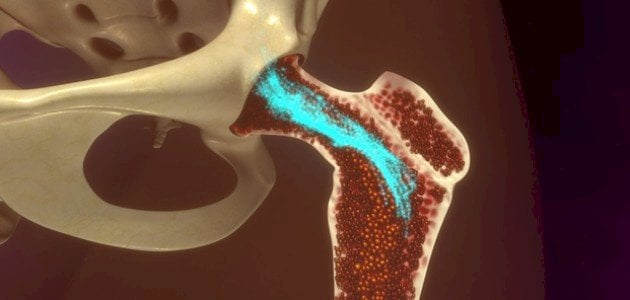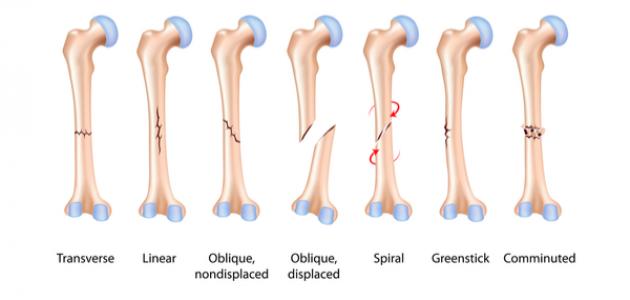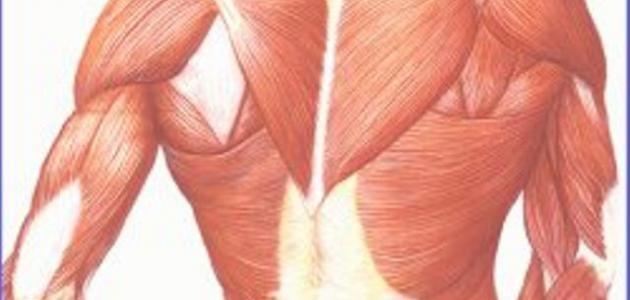rheumatism
Rheumatism is a disease that affects the joints, affecting the connective tissues. It is an inflammation that affects the joints and the tissues surrounding them. As a result of this inflammation, swelling occurs in the joints, with a rise in temperature and a feeling of pain in them. The joints most susceptible to rheumatism are: the wrist joints, the knee joints, the elbow joints, the neck joints, the ankle joints, and the joints of the toes and hands.
Symptoms of rheumatism
We mention these symptoms as follows:
- Swelling in the joints, high temperature, and pale joint color.
- Feeling pain in the joints, making movement painful. As a result of roughness in the joints.
- Body temperature rises.
- The patient becomes dehydrated; He may also lose his appetite.
- An imbalance occurs in the shape of the joints, especially the joints of the toes and fingers, with a feeling of numbness in them.
- In some cases, scars appear under the skin, redness occurs in some areas of the skin, and inflammation.
- The patient's face becomes pale, and he feels dizzy when he changes his sitting position. This is due to anemia that results from a lack of activity in the bone marrow, which produces red blood cells.
- In some cases, a patient with rheumatism may suffer from burning, itching, and inflammation of the eyes.
Read also:Bone tumors
Causes of rheumatism
The cause of joint rheumatism is still unknown, but experts believe that rheumatic diseases result from a combination of genes and environmental factors. In general, some genetic variants lead to an increase in a person’s susceptibility to these diseases, and it is possible that environmental factors lead to the appearance of the disease, and it may be due to a defect. In the immune system, or due to infection with one of the types of viruses, and it is said that women are more susceptible to rheumatism than men, and the ages that develop this disease are from 20 to 60 years of age, or because the person is exposed to direct accidents on the joint.
Diagnostic method
The disease is diagnosed through clinical examination, blood tests, X-rays, CT scans, joint fluid analysis, and blood tests for antibodies.
Read also:Groin pain
rheumatism treatment
Methods of treating rheumatism vary from drug treatment, physical therapy, and surgical treatment.
